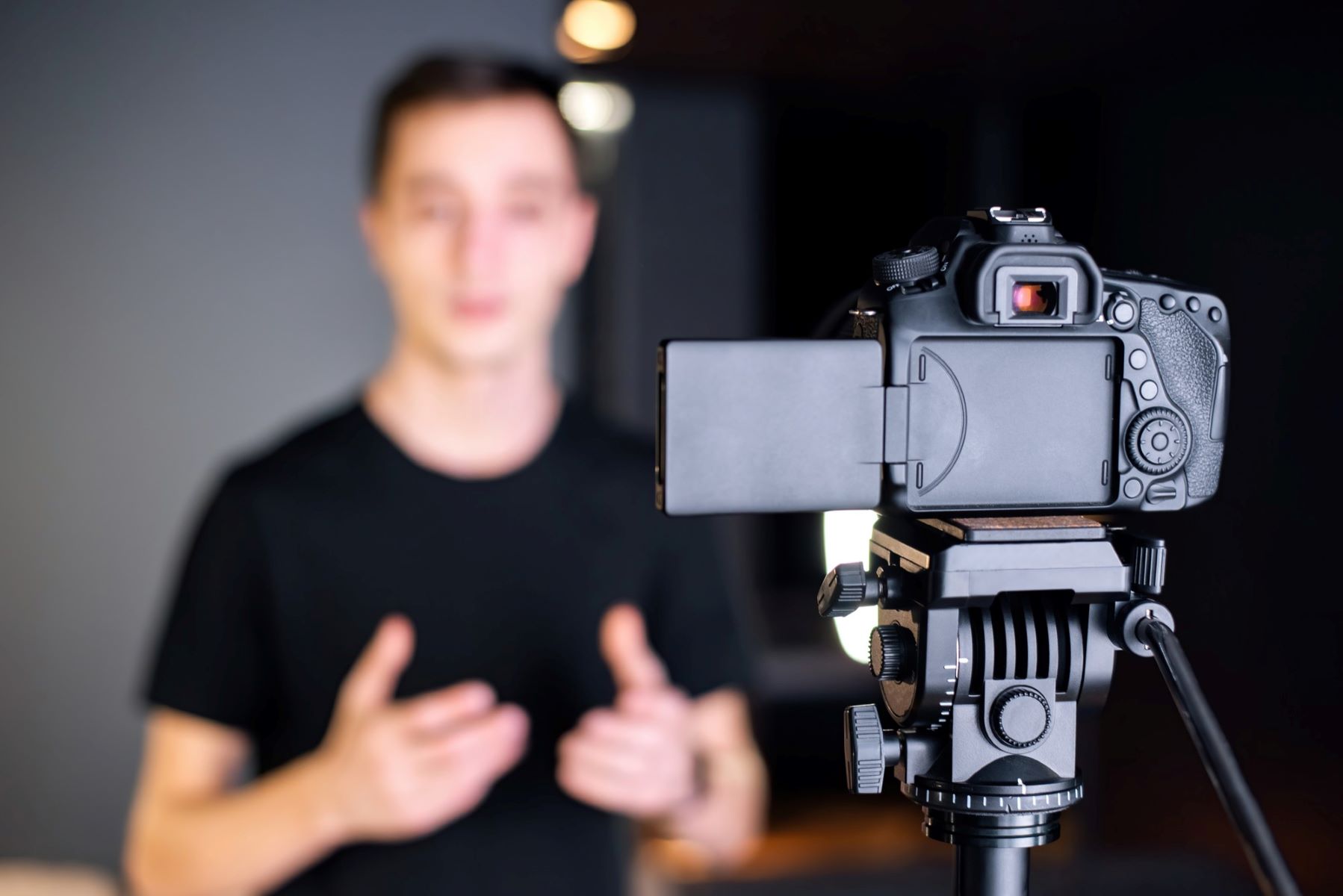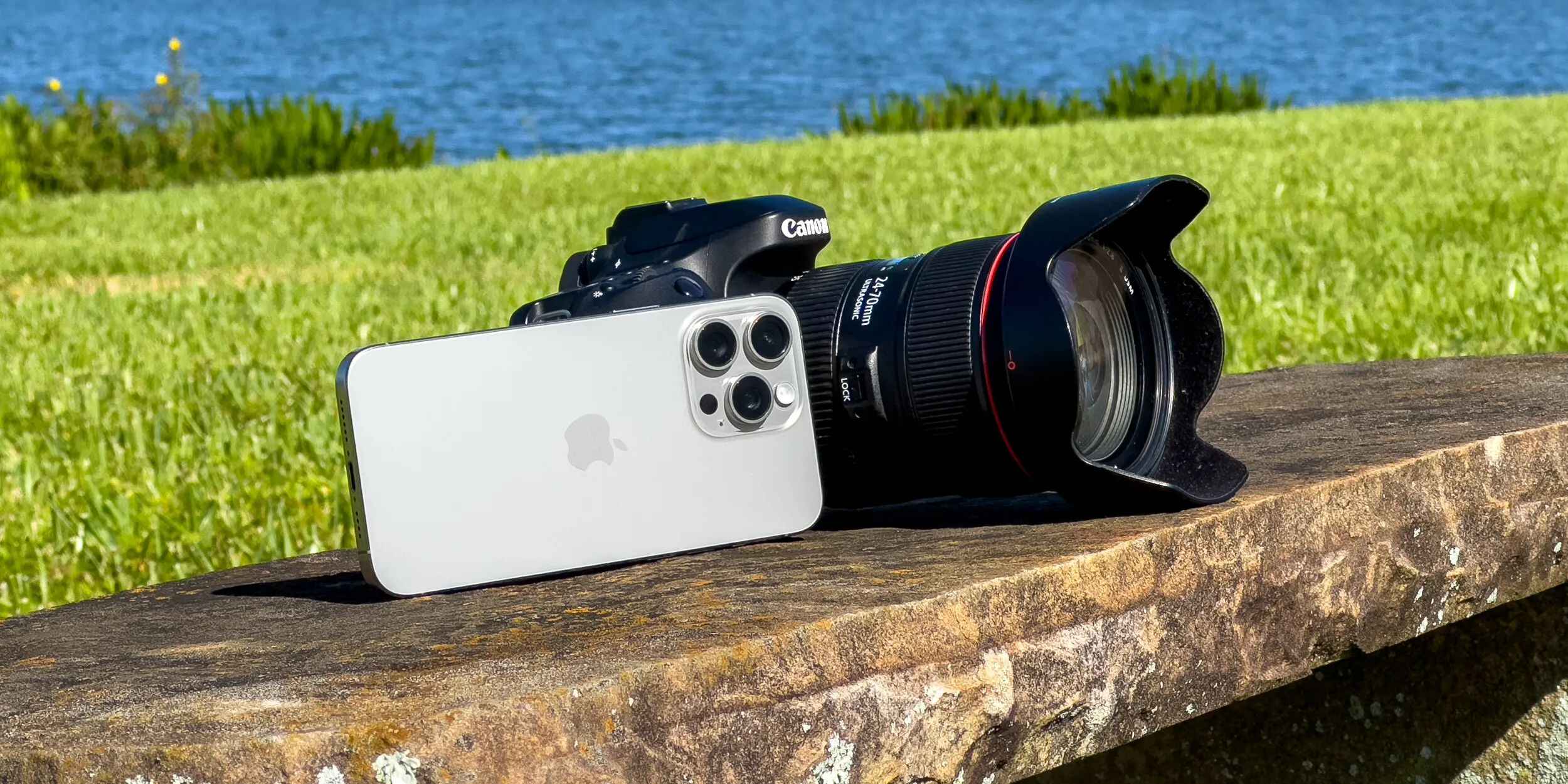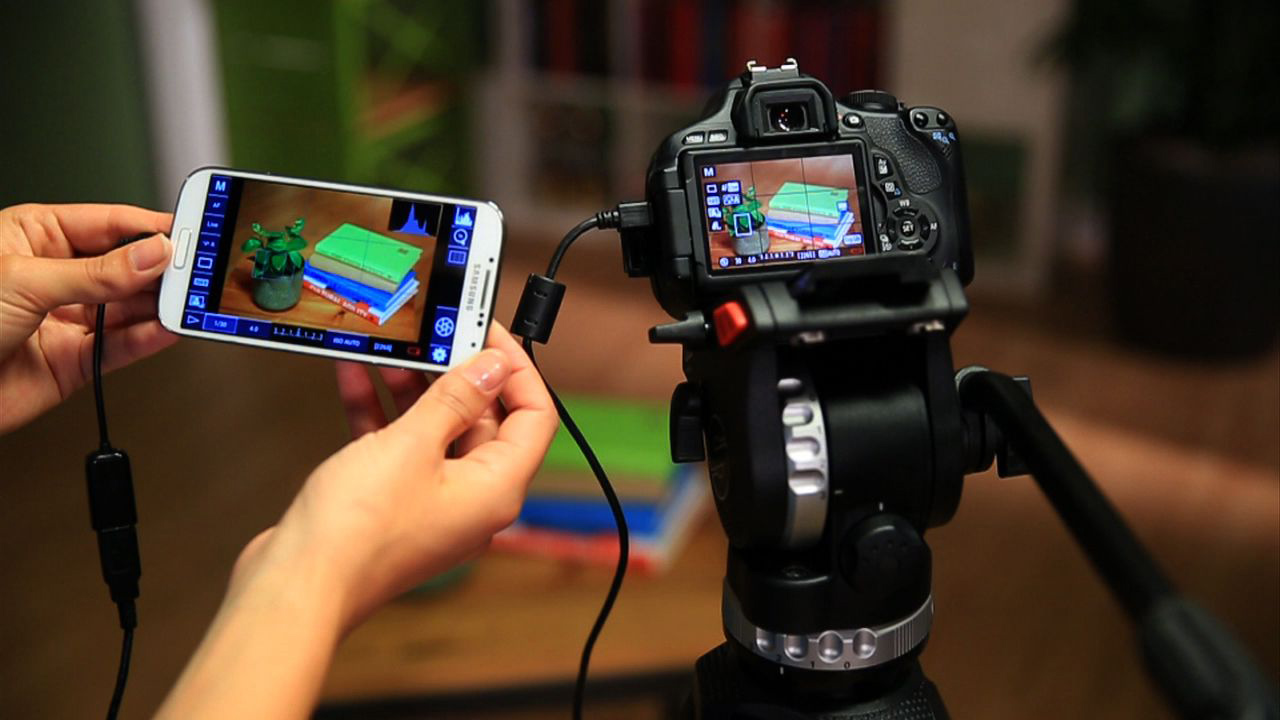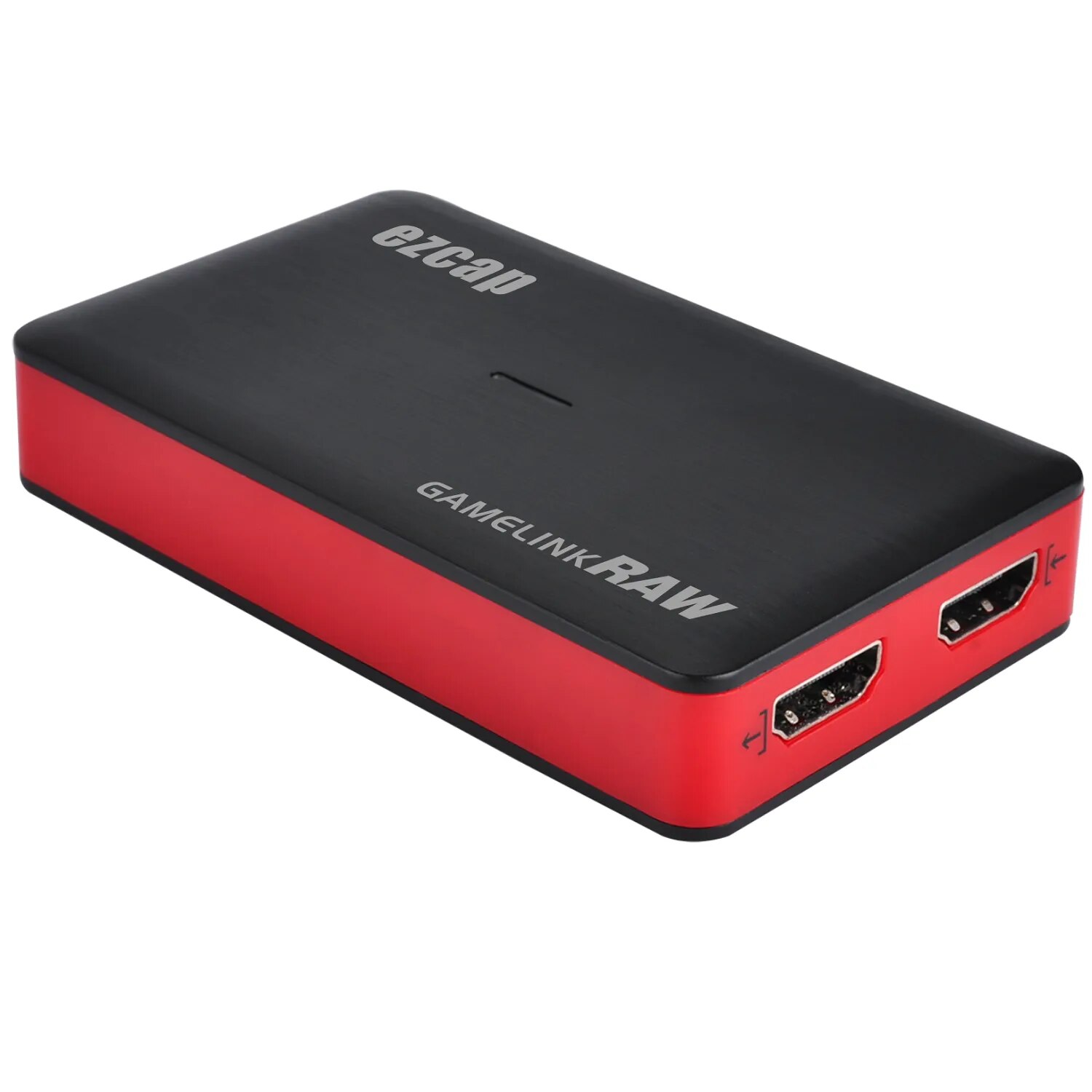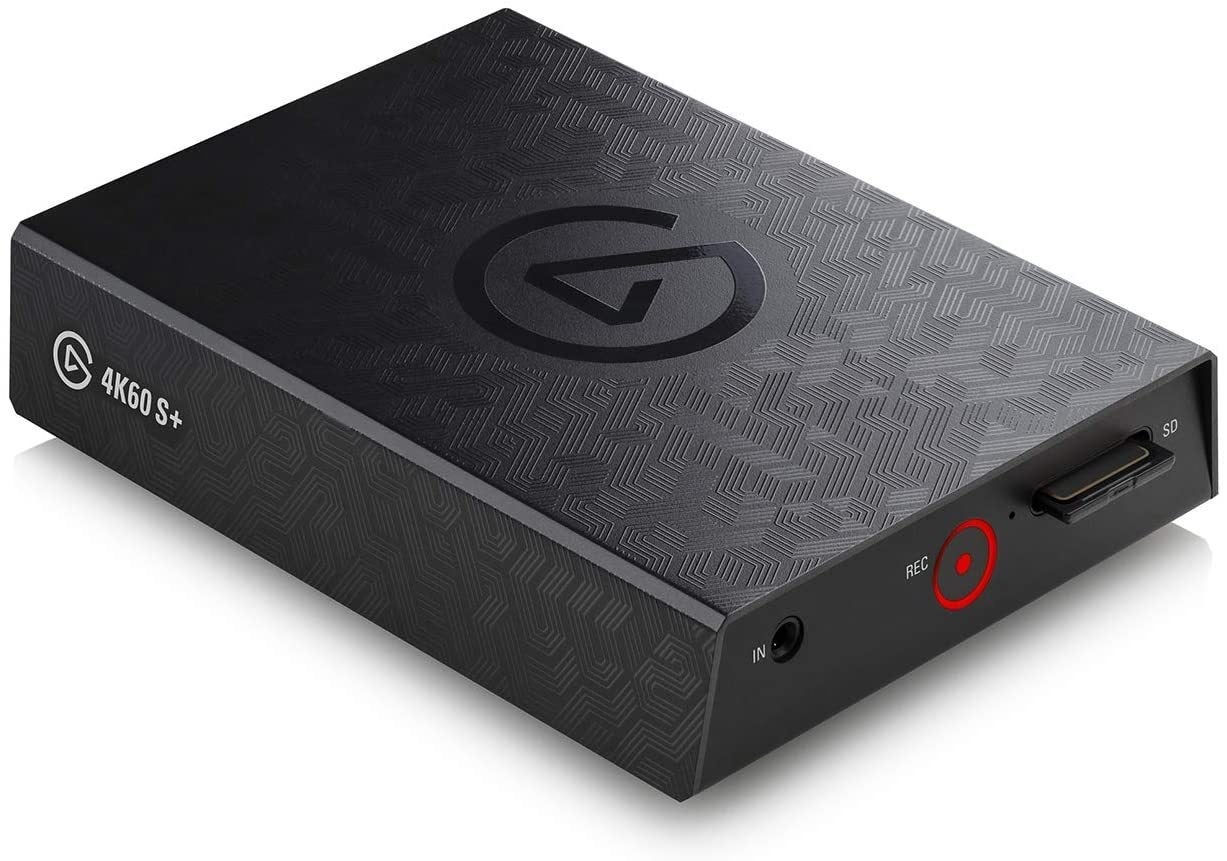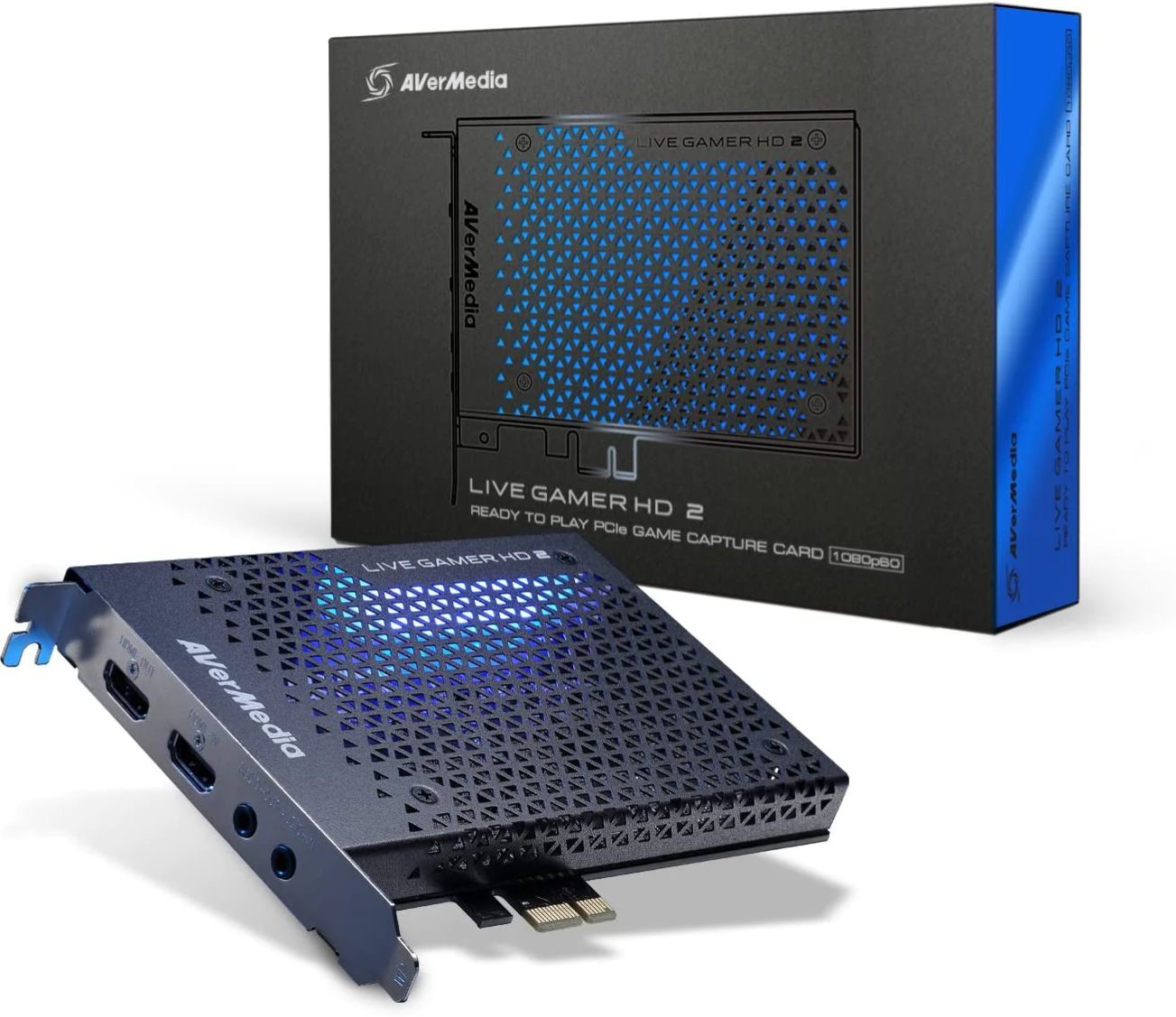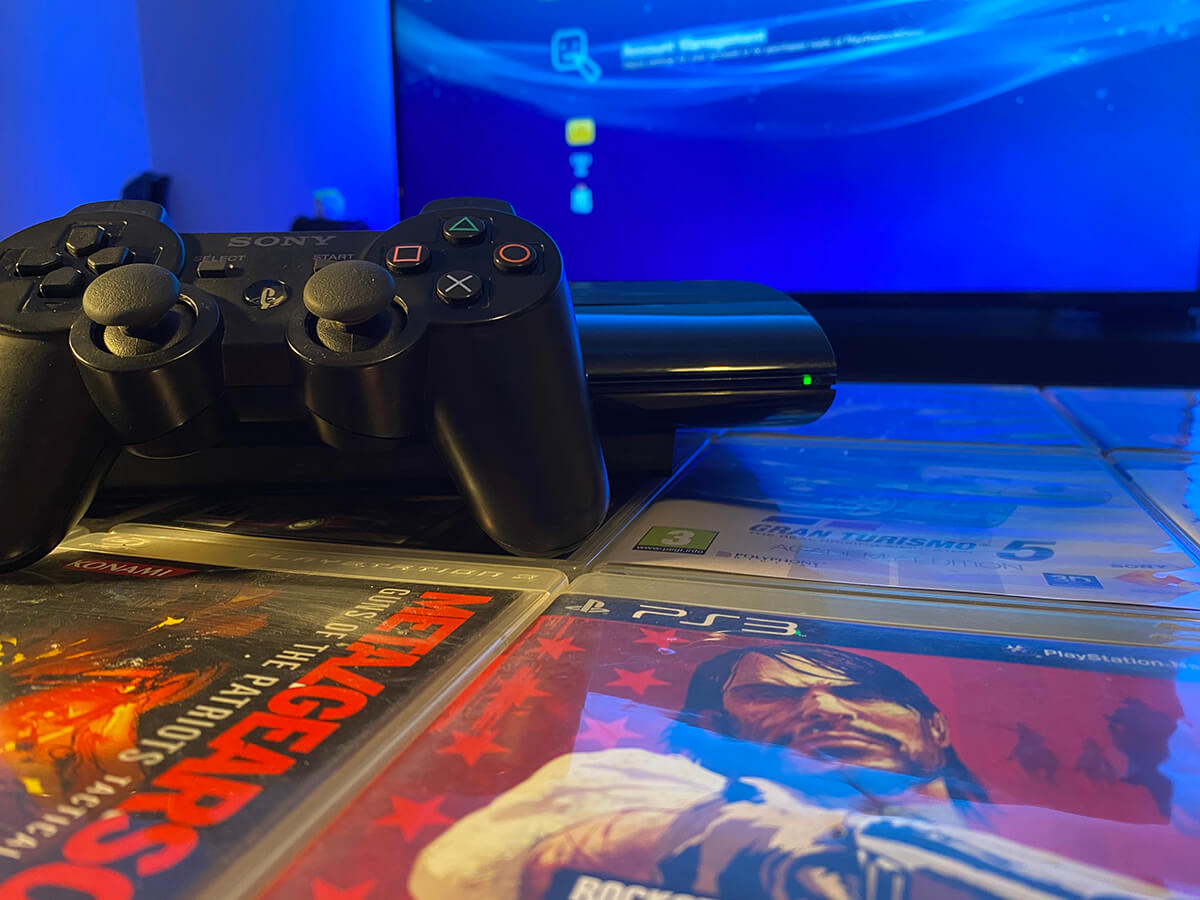Introduction
So, you want to step up your game on Twitch and stand out with high-quality video? Using a DSLR camera for your Twitch streams can take your content to the next level, offering superior image quality, depth of field, and low-light performance. While webcams are a popular choice for streaming, DSLR cameras can provide a professional look and feel that sets you apart from the crowd.
Streaming with a DSLR camera allows you to capture crisp, detailed images and achieve a cinematic look that's sure to impress your viewers. The ability to use different lenses with varying focal lengths opens up a world of creative possibilities, allowing you to experiment with different perspectives and achieve stunning visual effects.
However, it's important to note that using a DSLR camera for streaming requires careful setup and attention to detail. From choosing the right camera to connecting it to your computer and adjusting the settings for optimal performance, there are several key steps to consider. But fear not – with the right guidance, you'll be well on your way to harnessing the power of a DSLR camera for your Twitch streams.
In this guide, we'll walk you through the process of using a DSLR camera for streaming on Twitch, covering everything from selecting the right camera to fine-tuning the settings for professional-quality results. Whether you're a seasoned streamer looking to elevate your content or a newcomer eager to make a strong impression, this comprehensive resource will equip you with the knowledge and skills needed to leverage the full potential of a DSLR camera for Twitch streaming. Let's dive in and explore the exciting world of DSLR streaming on Twitch!
Choosing the Right DSLR Camera
When it comes to selecting a DSLR camera for Twitch streaming, there are several factors to consider to ensure that you choose the best option for your needs. Here are some key points to keep in mind:
- Image Quality: Look for a DSLR camera that offers high-resolution images and excellent low-light performance. A camera with a large sensor and advanced image processing capabilities can deliver superior image quality, ensuring that your streams look professional and visually appealing.
- Auto-Focus and Tracking: Consider a camera with reliable auto-focus and subject tracking features, especially if you plan to move around during your streams. Smooth, accurate focus tracking is essential for keeping your content sharp and engaging.
- Connectivity: Check if the camera offers clean HDMI output, which allows you to transmit high-quality video directly to your computer for streaming. Additionally, consider compatibility with streaming software and capture devices to ensure seamless integration into your streaming setup.
- Compatibility with Lenses: DSLR cameras offer the flexibility to use different lenses, allowing you to achieve various visual effects and adapt to different streaming environments. Ensure that the camera you choose is compatible with a wide range of lenses to support your creative vision.
- Size and Portability: Depending on your streaming setup and intended use, consider the size and portability of the camera. A compact and lightweight DSLR can be more convenient for streaming, especially if you need to move or reposition the camera frequently.
Before making a purchase, research and compare different DSLR models to find the one that best aligns with your streaming goals and technical requirements. Keep in mind that investing in a quality DSLR camera can significantly enhance the visual appeal of your Twitch streams, making it a worthwhile addition to your streaming toolkit.
Setting Up Your DSLR Camera for Twitch Streaming
Once you’ve chosen the right DSLR camera for your Twitch streaming endeavors, it’s time to set it up for optimal performance. Proper configuration and preparation are essential to ensure that your camera seamlessly integrates into your streaming setup and delivers the high-quality visuals you desire. Here’s a step-by-step guide to setting up your DSLR camera for Twitch streaming:
- Check Camera Compatibility: Before diving into the setup process, ensure that your DSLR camera is compatible with your computer and streaming software. Verify the camera’s connectivity options and requirements to determine the necessary accessories and connections.
- Power and Stability: Use a reliable power source for your camera to avoid interruptions during streaming. Consider using an AC adapter or a fully charged battery to ensure uninterrupted operation. Additionally, stabilize the camera on a tripod or mount to maintain a steady and consistent frame throughout your streams.
- Adjust Camera Settings: Access the camera’s menu and configure the settings for video recording. Set the appropriate resolution, frame rate, and exposure settings to achieve the desired visual quality for your streams. Experiment with different settings to find the optimal balance between image quality and performance.
- Customize Picture Profiles: Some DSLR cameras offer picture profile customization, allowing you to fine-tune the color, contrast, and tone characteristics of your video output. Adjusting these profiles can help you achieve a distinct visual style and enhance the overall look of your streams.
- Test Video Output: Connect your DSLR camera to your computer using the appropriate HDMI cable and verify the video output on your streaming software. Ensure that the camera’s video feed is recognized and displayed correctly, and make any necessary adjustments to the settings to achieve the desired output.
By following these steps, you can effectively set up your DSLR camera for Twitch streaming, laying the foundation for high-quality and visually captivating content. Taking the time to configure your camera properly can significantly elevate the production value of your streams, making them more engaging and immersive for your audience.
Connecting Your DSLR Camera to Your Computer
Establishing a seamless connection between your DSLR camera and computer is crucial for integrating the camera into your Twitch streaming setup. The process involves using the appropriate cables and settings to ensure that your computer recognizes the camera as a video input source. Here’s a detailed guide to connecting your DSLR camera to your computer for streaming:
- Identify the Output Port: Locate the HDMI or USB output port on your DSLR camera. Depending on the camera model, it may feature a mini HDMI, micro HDMI, or USB-C port for video output. Refer to the camera’s manual to identify the specific port and cable type required for connection.
- Choose the Right Cable: Select a high-quality HDMI or USB cable that matches the output port of your camera and the input port of your computer. Ensure that the cable length allows for flexible positioning of the camera while maintaining a stable connection to the computer.
- Configure Camera Output: Access the camera’s settings menu and navigate to the video output options. Select the appropriate output resolution and frame rate that align with your streaming requirements. Some cameras may offer additional output settings, such as clean HDMI output, which disables on-screen display elements for a cleaner video feed.
- Connect to Capture Device or Computer: Depending on your streaming setup, you may need a capture device to convert the camera’s HDMI output into a compatible signal for your computer. Alternatively, if your computer supports direct HDMI or USB video input, connect the camera directly to the computer using the chosen cable.
- Verify Video Input: Once the camera is connected to the computer, open your streaming software and access the video input settings. Verify that the camera’s video feed is recognized and displayed correctly within the software. Make any necessary adjustments to the input settings to optimize the video quality and ensure smooth streaming.
By following these steps, you can successfully connect your DSLR camera to your computer, paving the way for seamless integration into your Twitch streaming setup. A stable and reliable connection is essential for harnessing the full potential of your DSLR camera and delivering high-quality video content to your audience.
Adjusting Camera Settings for Streaming
Optimizing your DSLR camera’s settings for streaming on Twitch is crucial for achieving the best possible visual quality and ensuring a seamless streaming experience. From exposure and white balance to focus and image processing, fine-tuning the camera settings can significantly enhance the overall look of your streams. Here’s a comprehensive overview of the key camera settings to consider for Twitch streaming:
- Exposure and Shutter Speed: Adjust the camera’s exposure settings to achieve the desired brightness and contrast in your video feed. Consider the ambient lighting conditions and set an appropriate shutter speed to prevent motion blur and ensure a crisp, clear image.
- White Balance and Color Temperature: Calibrate the white balance settings to accurately represent colors in your video feed. Choose the appropriate color temperature to match the lighting environment, ensuring that colors appear natural and true to life.
- Focus and Depth of Field: Set the focus mode to ensure that your subject remains sharp and in focus throughout the stream. Depending on your creative vision, adjust the aperture to control the depth of field and achieve a desired background blur or sharpness.
- Picture Profiles and Color Grading: Some DSLR cameras offer picture profiles and color grading options that allow you to customize the look and feel of your video output. Experiment with different profiles to achieve a distinct visual style that aligns with your branding and content theme.
- Audio Monitoring and Levels: While primarily focused on video, consider monitoring the camera’s audio levels if you’re using its built-in microphone or an external audio source. Ensure that the audio input is clear and balanced to complement the visual content of your streams.
Regularly review and adjust these settings based on the specific requirements of each stream and the evolving conditions of your streaming environment. By maintaining a proactive approach to camera settings, you can consistently deliver high-quality video content that captivates and engages your Twitch audience.
Tips for Using a DSLR Camera on Twitch
Streaming with a DSLR camera on Twitch opens up a world of creative possibilities and elevates the visual quality of your content. To make the most of this powerful tool and enhance your streaming experience, consider the following tips and best practices:
- Invest in Quality Lenses: Explore a range of lenses to expand your creative options and achieve different visual effects. Prime lenses, zoom lenses, and specialty lenses can add depth and versatility to your streams, allowing you to experiment with various focal lengths and compositions.
- Utilize Manual Focus and Focus Peaking: Take advantage of your DSLR camera’s manual focus capabilities, especially when fine-tuning focus on specific subjects or creating artistic depth of field effects. Many cameras offer focus peaking, which highlights in-focus areas in the frame, aiding precise manual focusing.
- Implement Camera Movement and Angles: Incorporate dynamic camera movements and angles to add visual interest to your streams. Experiment with panning, tilting, and subtle camera motions to create a more immersive viewing experience for your audience.
- Monitor Battery Life and Heat Management: Keep a close eye on your camera’s battery life, especially during extended streaming sessions. Consider using a reliable power source or backup batteries to avoid interruptions. Additionally, be mindful of the camera’s heat buildup during prolonged use and take necessary precautions to prevent overheating.
- Optimize Lighting and Exposure: Pay attention to lighting conditions and utilize external lighting sources to enhance your video quality. Experiment with different lighting setups to achieve a balanced and visually appealing look, ensuring that your on-screen presence is well-illuminated and engaging.
- Regular Maintenance and Cleaning: Maintain your DSLR camera by regularly cleaning the lens, sensor, and body to ensure optimal performance and image quality. Dust and debris can impact the visual output, so establish a cleaning routine to keep your camera in top condition.
By implementing these tips and integrating them into your streaming workflow, you can leverage the full potential of your DSLR camera and deliver compelling, high-quality content on Twitch. Embrace experimentation and continuous improvement to refine your streaming setup and captivate your audience with visually stunning streams.







